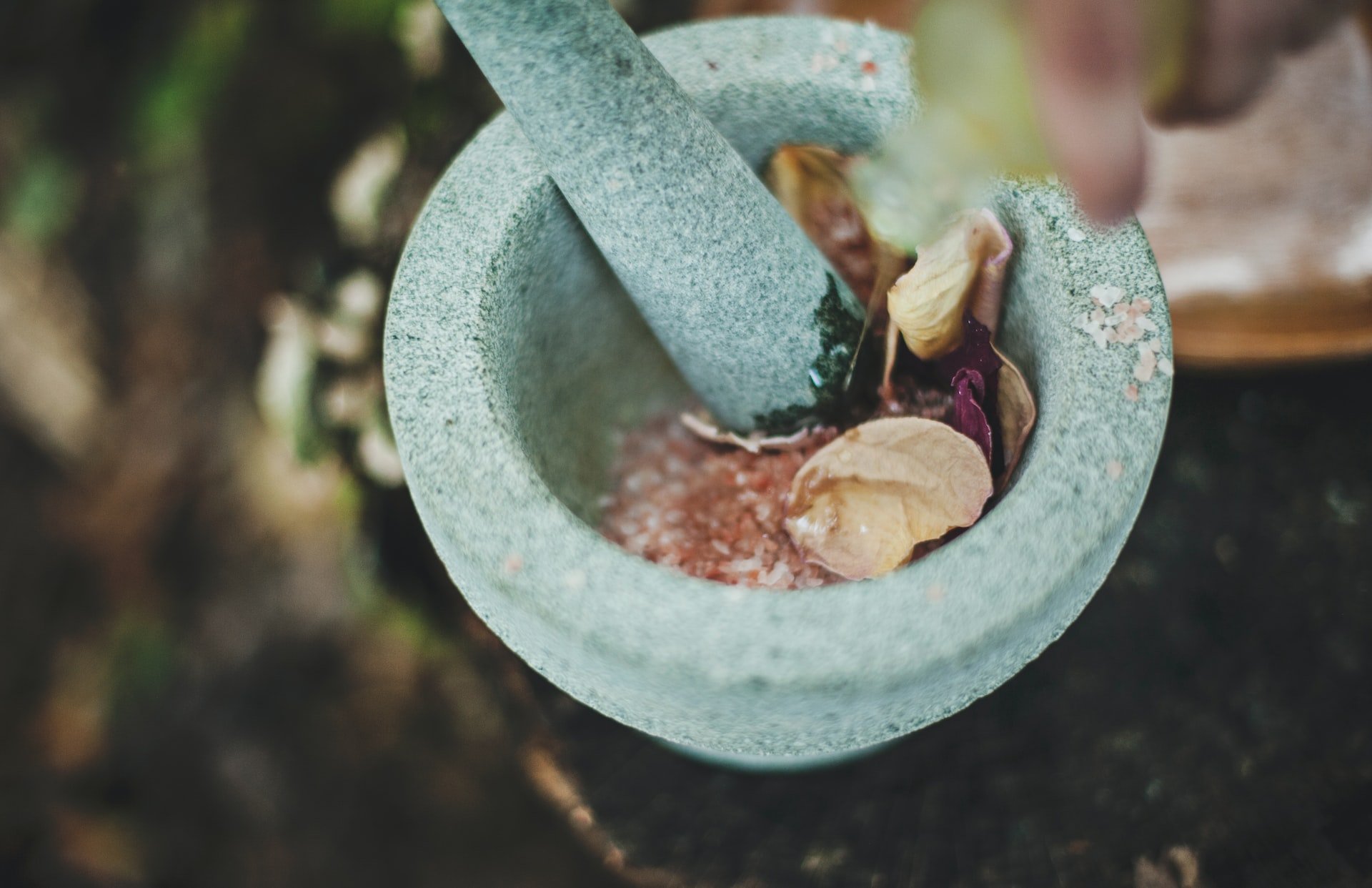Herbal Medicine: A Yogi’s Way to Stay Healthy
Holistic medicine and Ayurveda are an integral part of Indian culture. This holistic approach to health has been practiced for thousands of years and involves the use of herbal medicines, yoga, meditation and other natural methods to prevent disease and maintain good health.
Herbal remedies are considered one of the most important aspects of Ayurvedic healing because they provide a wealth of benefits that cannot be found in other types of medicine.
In this article, we will explore some common uses for herbal remedies, how they work and how you can incorporate them into your daily routine.
What are Medicinal Plants?
Plants are the most abundant source of medicine in the world. They can be used for medicinal purposes, but they also have other uses such as food and building materials.
It's important to understand what medicinal plants are. They're not just the plants you see growing in your backyard, or even those that grow in your garden.
Medicinal plants can be any type of plant--whether it's an herb or a tree--that has been used for its healing properties by people around the world since ancient times. They can be used to treat a variety of ailments, from headaches to arthritis to depression.
Many people grow medicinal herbs in their garden. If you want to learn more about growing your own medicine and how it works, check out Ubuntu Bali’s upcoming workshop on Balinese plant medicine.
What are Cooling Herbs?
Cooling herbs are those that have more water content and are typically used to cool the body. They are often used in teas, though some can be added to food or taken as tinctures. Cooling herbs include ginger root, cardamom pods, fennel seeds and pomegranate seeds. Some cooling herbs include mints (peppermint, spearmint) basil leaves coriander seeds or cumin powder.
What are Herbs with Heating Effect?
Heating herbs are used to warm the body. In Ayurveda, they're often used as a spice or in cooking. These herbs can be drying and therefore tend to be more effective for people with oily skin and hair, but not so good for those with dry skin or scalps.
Cinnamon: This spice is used to treat digestive problems and bloating. It also helps with nausea, diarrhea, vomiting and flatulence. Cinnamon bark warms and strengthens joints, muscles, and bones.
Turmeric: The root of this plant has been used in India for over 3,000 years as a powerful anti-inflammatory agent. It is believed to help reduce pain associated with arthritis and other inflammatory conditions such as Crohn's disease or ulcerative colitis (chronic inflammation of the colon). When it comes to your yoga practise, turmeric can help you avoid discomfort and pain associated with strength-building postures by reducing the buildup of free radicals that occurs as your muscles consume oxygen.
Ginger: This herb is one of the most common heating herbs in Ayurveda because it has a warming effect on the digestive system and circulatory system. It can be taken in capsules or used fresh in cooking.
The focus of this article is not herbalism in the slightest, but rather explaining how you can create your own herbal remedies and enjoy their benefits.
Creating your own herbal remedy doesn't take that much time, a bit of knowledge, and although you need to be a little creative, it's simple to do.
Join our upcoming workshop to discover Balinese plant medicines and their healing properties. Discover how to create your own medicine cabinet in your backyard.

